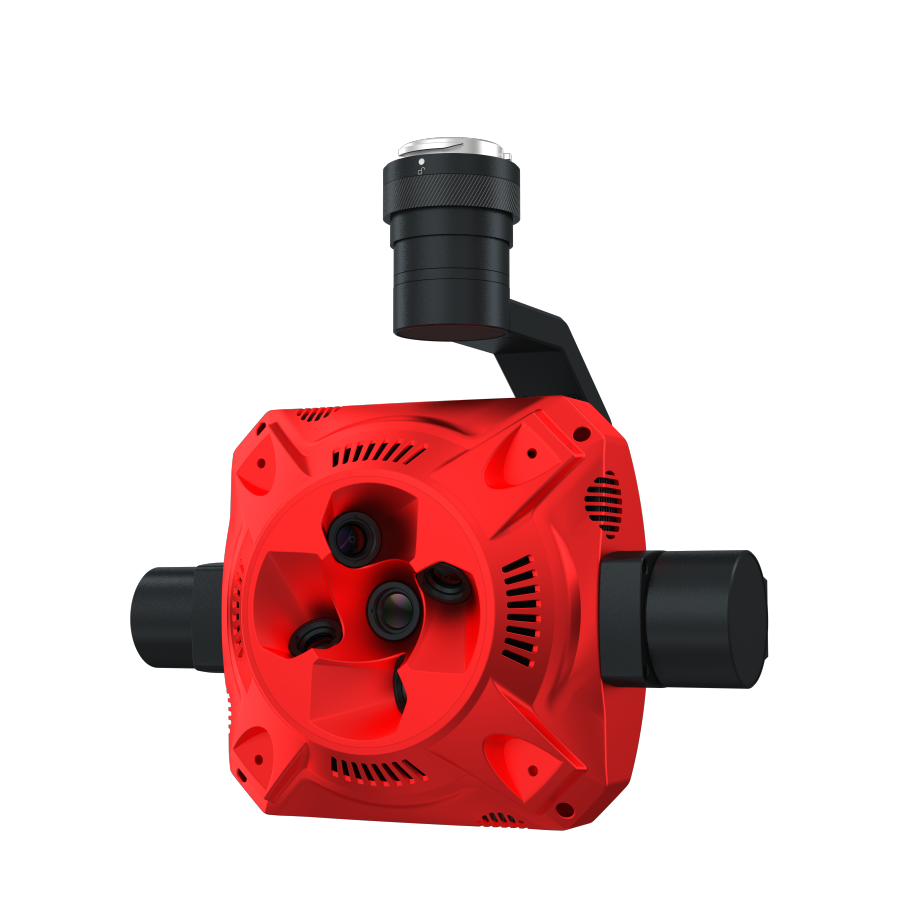FPV (First-Person View)
A mode of drone operation where the pilot uses a live video feed from the drone’s camera to control it, often using goggles or a monitor.
FPV (First-Person View) has emerged as a transformative mode of operation. It allows pilots to experience flight from the drone's perspective, enhancing the sense of immersion and control. Understanding terms like FPV is crucial for both enthusiasts and professionals, as they navigate the evolving landscape of drone technology and its applications in various fields.
What is FPV (First-Person View)?
FPV (First-Person View) refers to a mode of drone operation where the pilot uses a live video feed from the drone’s camera to control it, often utilizing goggles or a monitor. This setup creates an immersive experience akin to being in the cockpit of the drone, providing real-time visual feedback that significantly enhances maneuverability and situational awareness. Pilots can navigate complex environments, perform aerial stunts, or engage in competitive racing with a heightened sense of engagement and precision.
Key Concepts
Live Video Feed: A continuous stream of video transmitted from the drone’s camera to the pilot, allowing for real-time control.
Goggles or Monitors: Devices used by pilots to view the live feed; goggles offer a more immersive experience while monitors provide greater visibility.
Latency: The delay between the drone's camera capturing an image and the pilot receiving it, critical for smooth operation.
FPV Racing: A competitive sport where pilots race drones through obstacle courses using FPV technology, showcasing skill and speed.
VTX (Video Transmitter): A component that transmits the video signal from the drone to the pilot’s viewing device.
Applications and Relevance
Aerial Photography and Videography: Professionals use FPV for capturing stunning aerial footage and creative shots from unique angles.
Search and Rescue Operations: First responders can utilize FPV drones to locate missing persons or assess disaster zones more efficiently.
Drone Racing: A popular activity where pilots compete in high-speed races through challenging courses, relying on FPV for navigation.
Real Estate: Agents can use FPV drones to provide immersive property tours, showcasing landscapes and layouts from above.
Challenges and Considerations
Regulatory Issues: Pilots must navigate various regulations that govern drone usage, particularly in populated areas.
Signal Interference: Obstacles can disrupt the video feed or control signals, potentially leading to crashes or loss of control.
Battery Life: The duration of flight is limited by battery life, often leading to the need for careful planning in longer missions.
Equipment Costs: The quality and complexity of FPV gear can be expensive, making it less accessible to beginners.
Future Trends and Innovations
Enhanced VR Integration: Advances in virtual reality technology may provide even more immersive experiences for FPV pilots.
AI and Automation: The integration of artificial intelligence could assist pilots in navigation and obstacle avoidance, enhancing safety.
Improved Transmission Technology: Developments in video transmission protocols could reduce latency and improve signal integrity in challenging environments.
Miniaturization of Gear: Ongoing efforts to make FPV equipment smaller and more efficient could make it more accessible to a wider audience.
FPV (First-Person View) has revolutionized the experience of flying drones, paving the way for innovative applications across various fields. Its ability to provide an immersive and responsive piloting experience has not only enhanced recreational activities like drone racing but has also become a valuable tool in professional domains such as rescue missions and aerial photography. As technology continues to evolve, FPV will likely grow in importance, offering exciting new possibilities and enriching our understanding of drone operations.














